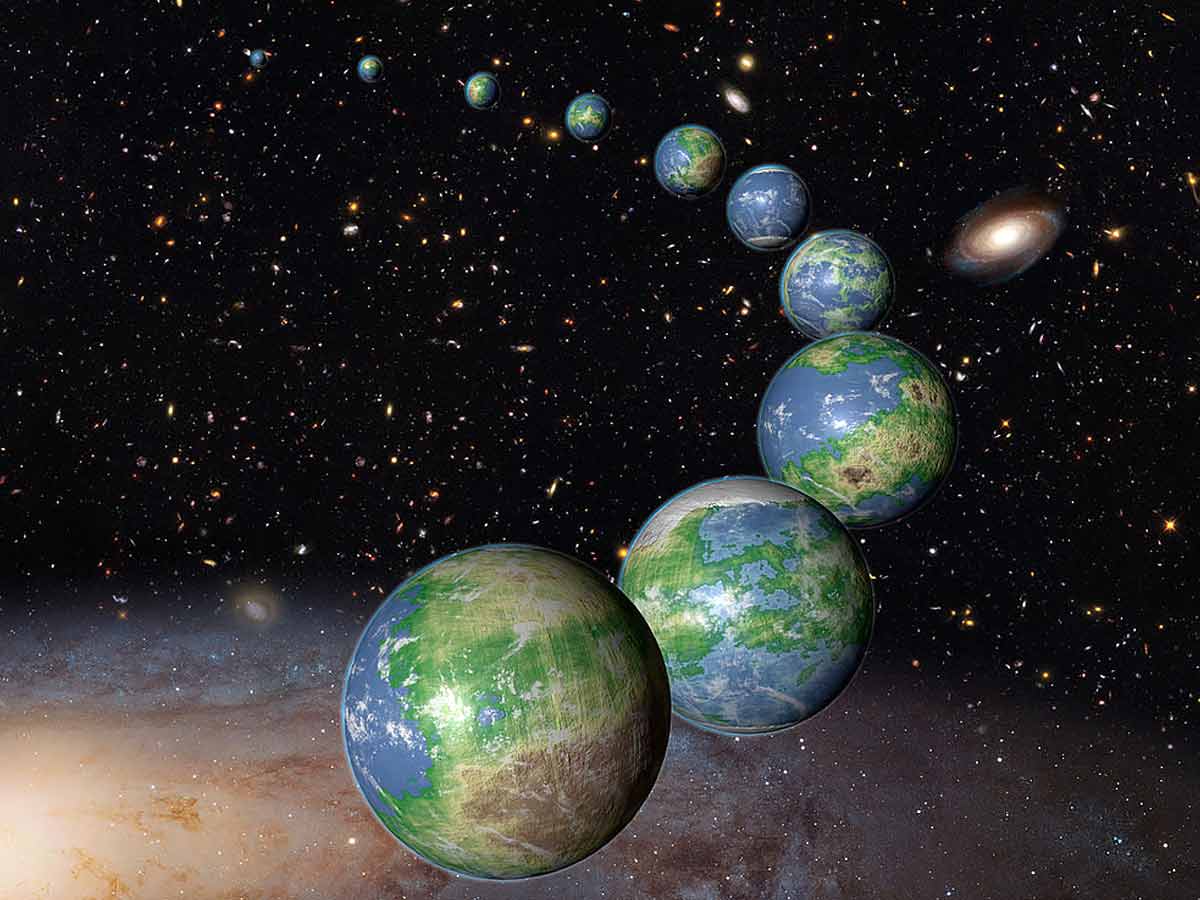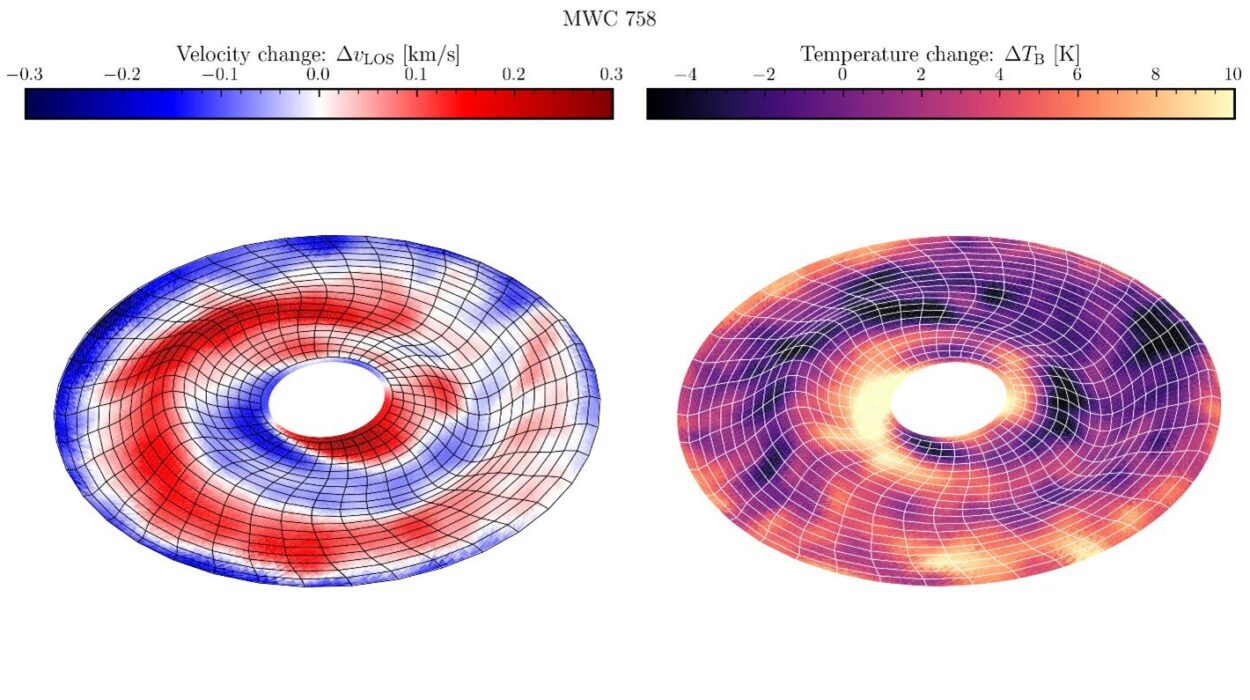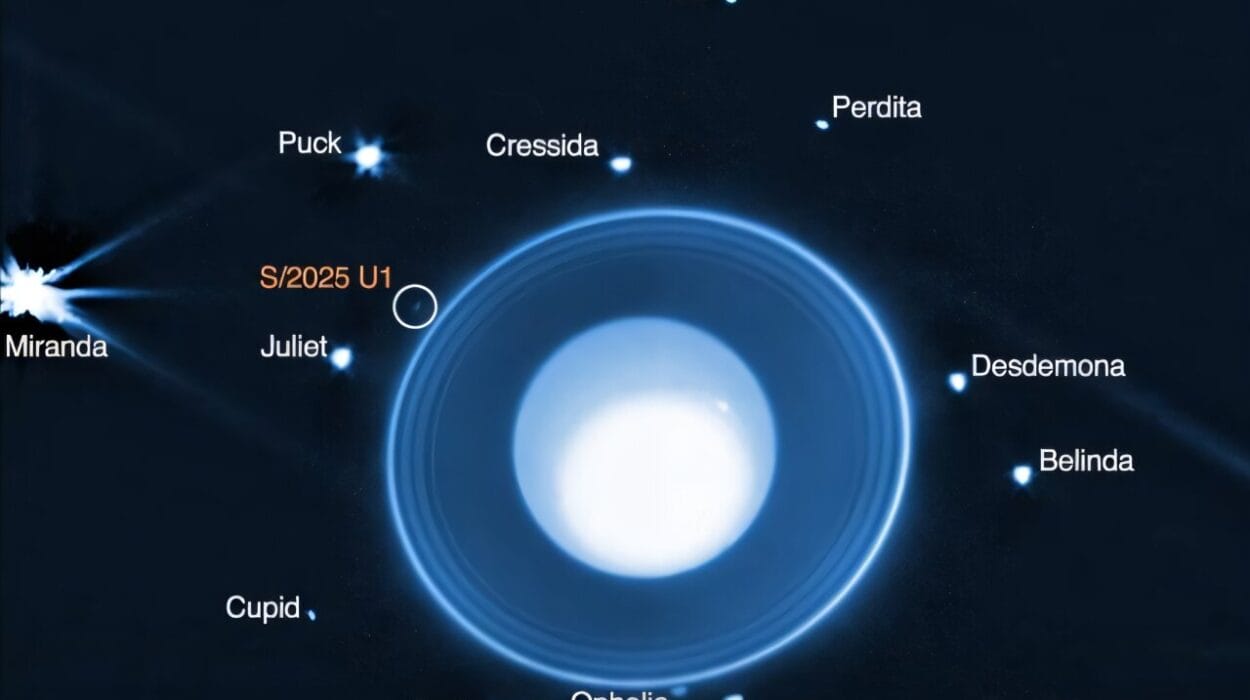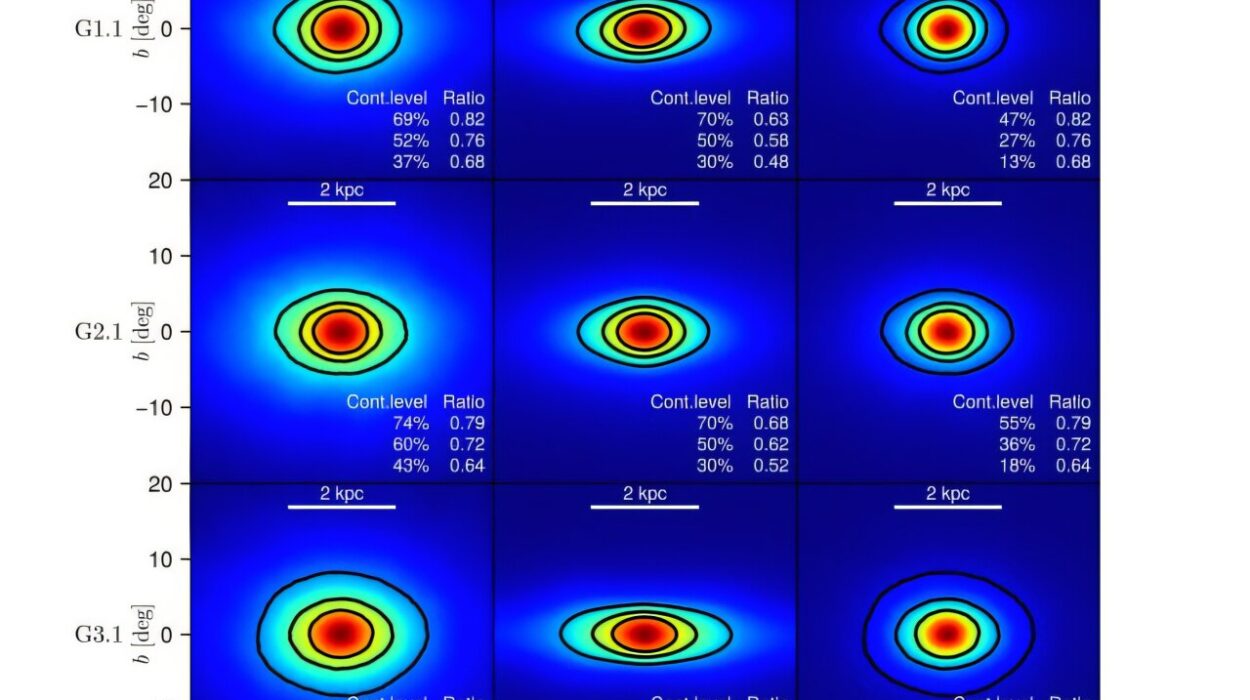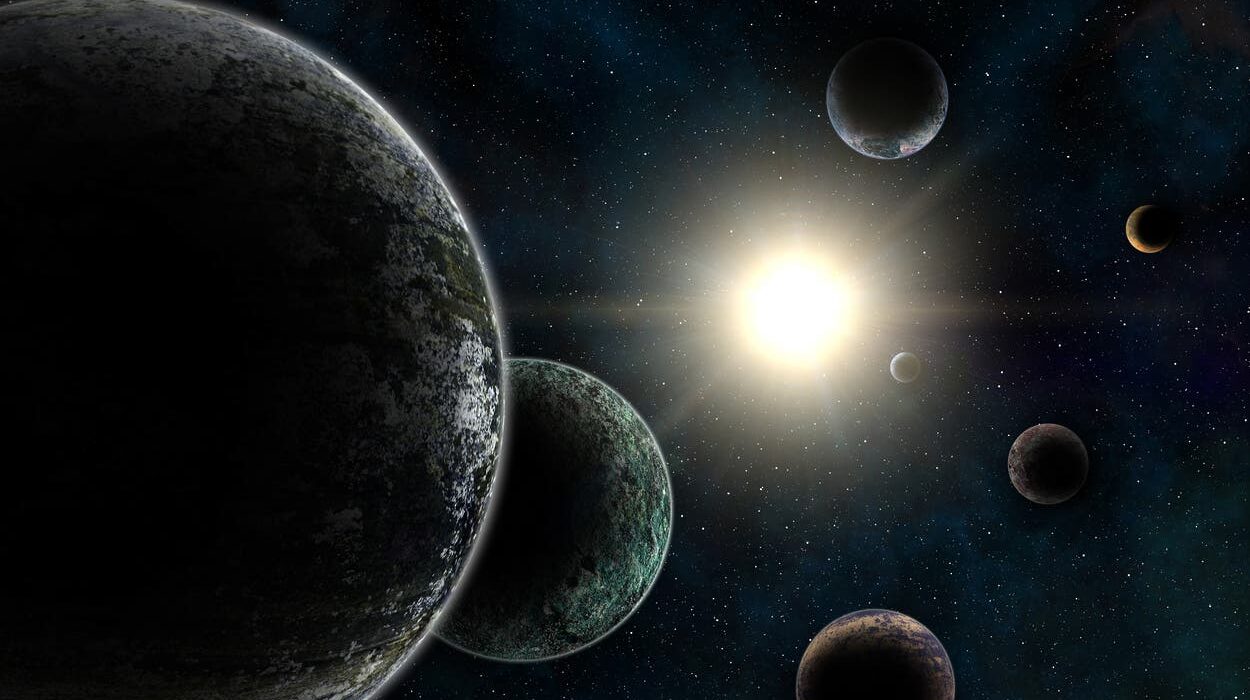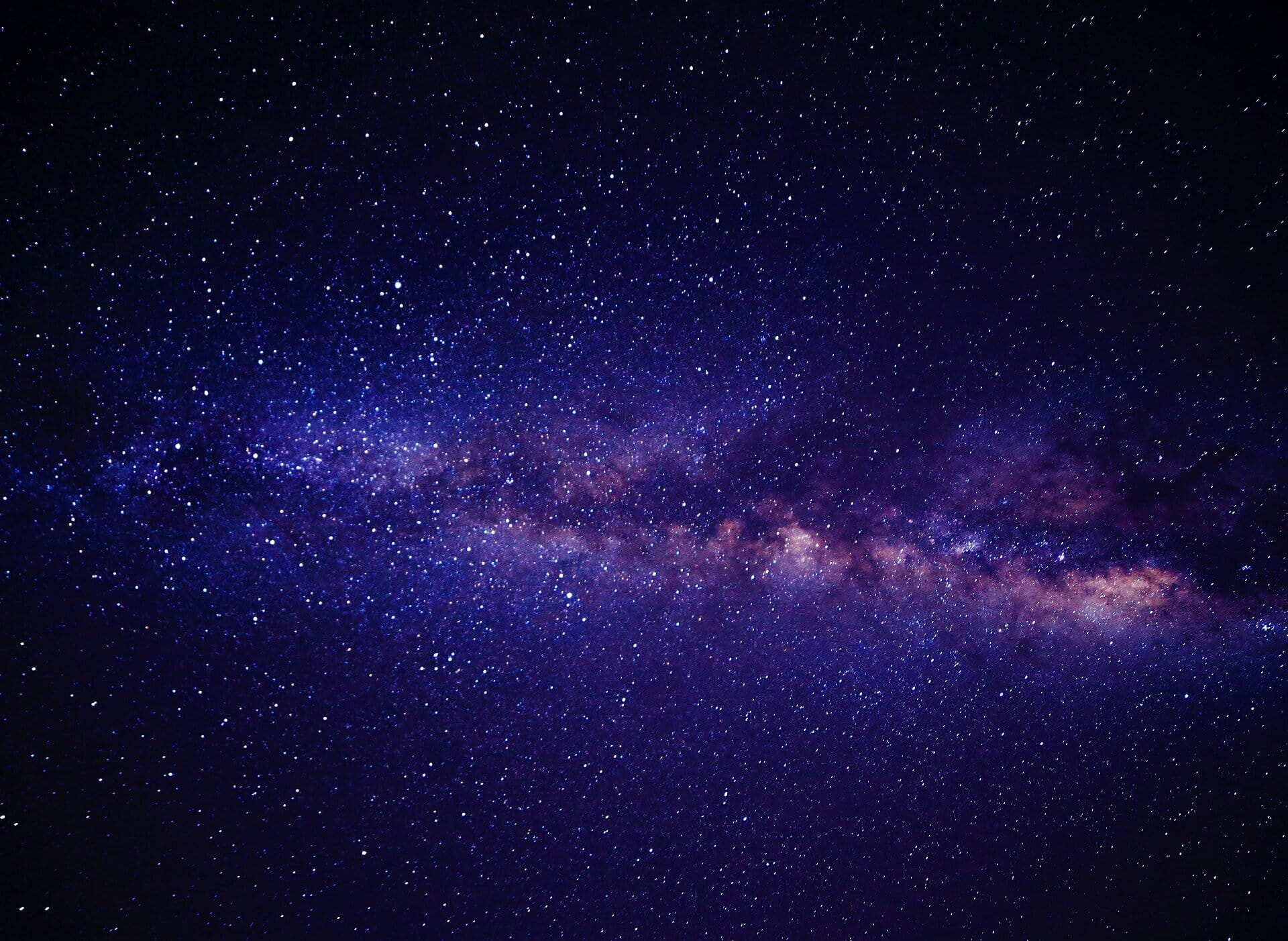From the dawn of civilization, humanity has gazed at the night sky with wonder. In the flicker of distant stars and the soft glow of the Milky Way, ancient peoples saw gods, myths, and meaning. For thousands of years, we believed the universe was a fixed and finite structure—a celestial dome above a stationary Earth. But as our understanding of the cosmos evolved through science, the picture expanded. First we learned that Earth orbits the sun, then that our solar system is a small part of a vast galaxy, and then that our galaxy is just one among billions. And now, physicists are asking an even more dizzying question: Is our universe just one of an infinite number?
The multiverse theory proposes exactly that. It suggests that our universe may be just a single bubble in a vast cosmic foam of countless universes. These universes could be similar or radically different from ours, with different physical laws, constants, and histories. Some might contain alternate versions of you and me; others might be unrecognizably alien, or even lifeless. Once a fringe idea, the multiverse has gained traction in cosmology, quantum physics, and even philosophy.
Let’s embark on a journey through science, imagination, and speculation, as we explore one of the most profound questions we can ask: Are there infinite universes?
The Known Universe: A Starting Point
Before we venture into other universes, let’s begin with our own. The observable universe is the region of space we can see—about 93 billion light-years across, filled with hundreds of billions of galaxies, each containing billions of stars and potentially trillions of planets. But the key word here is observable. The universe may be far larger than what we can detect. In fact, it may be infinite in extent.
The Big Bang model, supported by extensive observational evidence, tells us that the universe began about 13.8 billion years ago. Since then, space has been expanding. But nothing in the laws of physics prohibits the universe from being infinite—it simply started expanding everywhere at once. If the universe is infinite in space, then the portion we observe is just a tiny fragment.
This raises the first possibility for a multiverse: if space is infinite and matter is distributed more or less evenly, then somewhere out there, perhaps an infinite distance away, there might be a region that looks exactly like ours. With infinite space, every possible configuration of particles could happen somewhere. This is the most conservative form of the multiverse—an extension of known physics, not a leap into the unknown.
The Many Worlds of Quantum Mechanics
Quantum mechanics, the theory that governs the behavior of particles at the smallest scales, is famously weird. One of its core ideas is that particles exist in superpositions—multiple possible states—until measured or observed. A particle can be in many places at once, spin in multiple directions, or even exist and not exist, all until the moment of measurement.
This uncertainty led to the famous Schrödinger’s cat thought experiment: a cat in a box is both alive and dead until observed. But what does “observation” mean? What causes the superposition to collapse into a definite outcome?
In 1957, physicist Hugh Everett III proposed a radical idea to resolve this puzzle. What if the superposition never collapses? What if, instead, every possible outcome of a quantum event actually happens—but in separate, branching universes?
According to the Many-Worlds Interpretation of quantum mechanics, when you flip a quantum coin, the universe splits. In one universe, it lands heads; in another, tails. When you make a decision, all outcomes occur in parallel worlds. Every moment branches reality into countless versions. The multiverse, in this view, is not just vast—it’s exploding, every instant, into a branching tree of alternate histories.
This version of the multiverse is perhaps the most philosophically challenging. It suggests that there is another you who made a different choice this morning, a universe where a different candidate won an election, or a world where dinosaurs never went extinct. It challenges our notion of identity, fate, and even free will. And though we can’t currently observe these other branches, the theory is mathematically consistent with quantum physics as we understand it.
Cosmic Inflation and the Bubble Universes
In the 1980s, cosmologists proposed a powerful refinement to the Big Bang theory called cosmic inflation. According to this model, the universe underwent a brief period of exponential expansion just moments after the Big Bang—expanding faster than the speed of light, smoothing out space and setting the stage for the structure we see today.
But inflation, once started, might never completely stop. In a theory called eternal inflation, regions of space continue inflating while others stop, forming “bubbles” of space-time that stop inflating and become universes—like ours.
Each bubble is a separate universe, potentially with its own physical laws and constants. The entire multiverse is then a vast, ever-expanding froth of bubble universes, each isolated from the others by space that is still inflating.
What’s astonishing about this model is that it emerges from well-established physics. Inflation was originally proposed to solve real problems in cosmology—such as why the universe is so flat and homogeneous. Eternal inflation is a natural consequence of those same equations, suggesting that our universe is just one of many.
Some physicists envision a “multiverse landscape” of possibilities—an infinite expanse where every type of universe exists. Some have more gravity, some less. Some have atoms, others don’t. Ours is simply one that happens to allow life.
The String Theory Landscape
String theory, one of the most ambitious theories in physics, aims to unify all forces—gravity, electromagnetism, and the nuclear forces—into a single framework. In string theory, the fundamental particles we observe are actually tiny vibrating strings, and the properties of particles depend on how those strings vibrate.
But there’s a catch: string theory requires additional dimensions of space—up to 10 or 11 in total. These extra dimensions are thought to be compactified, curled up in shapes so tiny we can’t detect them.
The shape and size of these extra dimensions determine the physical laws in each universe. And here’s where it gets wild: the number of possible configurations is mind-boggling. Estimates suggest that string theory permits around 10^500 different possible “vacua,” or ways to configure space. That’s a 1 followed by 500 zeroes—a number so vast it dwarfs the number of atoms in the observable universe.
Each vacuum corresponds to a different universe with different laws of physics. Some might have different charges for the electron. Others might not allow stable atoms to form. Most would be inhospitable to life, but some—like ours—might strike the delicate balance needed for complexity to emerge.
The string theory landscape thus gives us a scientific framework in which the multiverse becomes not just possible but probable.
Anthropic Reasoning and the Fine-Tuned Universe
Our universe appears to be exquisitely fine-tuned for life. The strength of gravity, the charge of the electron, the rate of expansion of the universe—if any of these values were even slightly different, life as we know it could not exist. Why?
One answer is the anthropic principle. It states that we observe a universe compatible with life because only in such a universe could observers like us exist. In other words, the universe isn’t fine-tuned for us; we are tuned to the universe.
In a multiverse with countless universes, each with different parameters, most would be sterile. We live in one of the rare ones where the conditions happen to allow life—not because of design or luck, but because in universes where life can’t exist, no one is around to ask the question.
This reasoning is controversial. Some scientists view it as an admission of defeat—a placeholder until a deeper explanation is found. Others see it as the only rational interpretation in the face of vast cosmic possibilities. Either way, it’s intimately tied to the multiverse: only if there are many universes does the anthropic principle carry weight.
Parallel Worlds in Pop Culture
The idea of multiple universes has long captured the imagination of storytellers. In fiction, the multiverse is a playground for “what if” scenarios: What if the Nazis had won World War II? What if you had taken a different job or married someone else? What if magic were real in another universe?
From Marvel’s multiverse-spanning movies to science fiction novels like The Man in the High Castle or His Dark Materials, alternate realities have become a staple of modern storytelling. These tales reflect deep philosophical questions about choice, identity, and possibility.
While fictional multiverses often diverge wildly from scientific models, they serve a similar purpose: they expand our imagination, help us reflect on the consequences of our actions, and invite us to contemplate the infinite.
Can We Test the Multiverse?
A persistent challenge for multiverse theories is testability. If other universes are causally disconnected from ours, then by definition, we cannot interact with them. They are beyond the reach of our telescopes, our experiments, and perhaps even our imagination.
Yet some scientists are trying. In the case of eternal inflation, it’s been proposed that if another bubble universe collided with ours in the early moments of the Big Bang, it might leave a faint scar on the cosmic microwave background—the afterglow of the Big Bang. So far, no definitive evidence of such a collision has been found, but the search continues.
Quantum interpretations like Many Worlds are harder still to test. Some argue that decoherence—the process by which quantum systems appear to collapse—supports the idea of branching worlds. Others counter that this is an interpretation, not a separate theory.
The multiverse may ultimately lie beyond empirical science. But that does not necessarily mean it’s unscientific. Theoretical physics often treads the boundary of the observable, and many now-accepted ideas (like black holes or dark matter) were once theoretical predictions awaiting confirmation.
Philosophical Implications: What Does It Mean If We’re Not Alone?
The multiverse, if real, redefines our place in existence. For centuries, humanity has faced a series of Copernican revolutions: Earth is not the center of the solar system. The solar system is not the center of the galaxy. The galaxy is not the center of the universe.
Now, we may have to face the ultimate Copernican blow: Our universe is not even unique.
If there are infinite universes, then there may be infinite versions of you. Some are making the same choices you are right now. Others diverged at some point. Some might have made every possible choice differently. This notion challenges the very idea of individual identity, destiny, and uniqueness.
It also reshapes how we think about existence itself. If everything that can happen does happen somewhere, what becomes of moral responsibility, meaning, or hope? These are questions not just for physicists but for philosophers, theologians, and poets.
Conclusion: Peering Beyond the Cosmic Horizon
The multiverse theory is one of the boldest ideas in the history of science. It pushes the boundaries of what we can observe, what we can test, and even what we can conceive. Whether arising from quantum physics, inflationary cosmology, or string theory, the possibility of multiple universes is more than a wild idea—it’s a reflection of the deepest puzzles in modern physics.
We may never know for certain if other universes exist. But the search for answers forces us to refine our theories, sharpen our questions, and expand our view of reality. Even if the multiverse remains forever out of reach, the very act of contemplating it enriches our understanding of the universe we can observe.
In the end, perhaps the greatest value of the multiverse is not that it multiplies our cosmos, but that it multiplies our wonder. For in the face of infinite possibilities, we are reminded just how strange, beautiful, and miraculous it is to exist at all.
